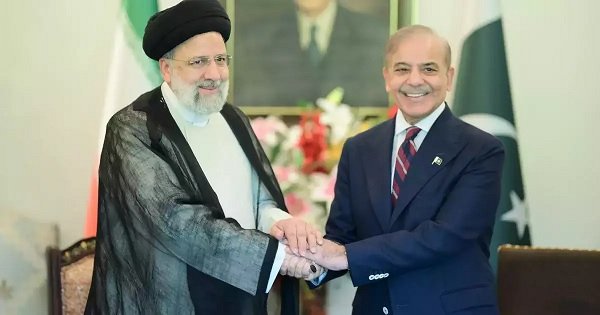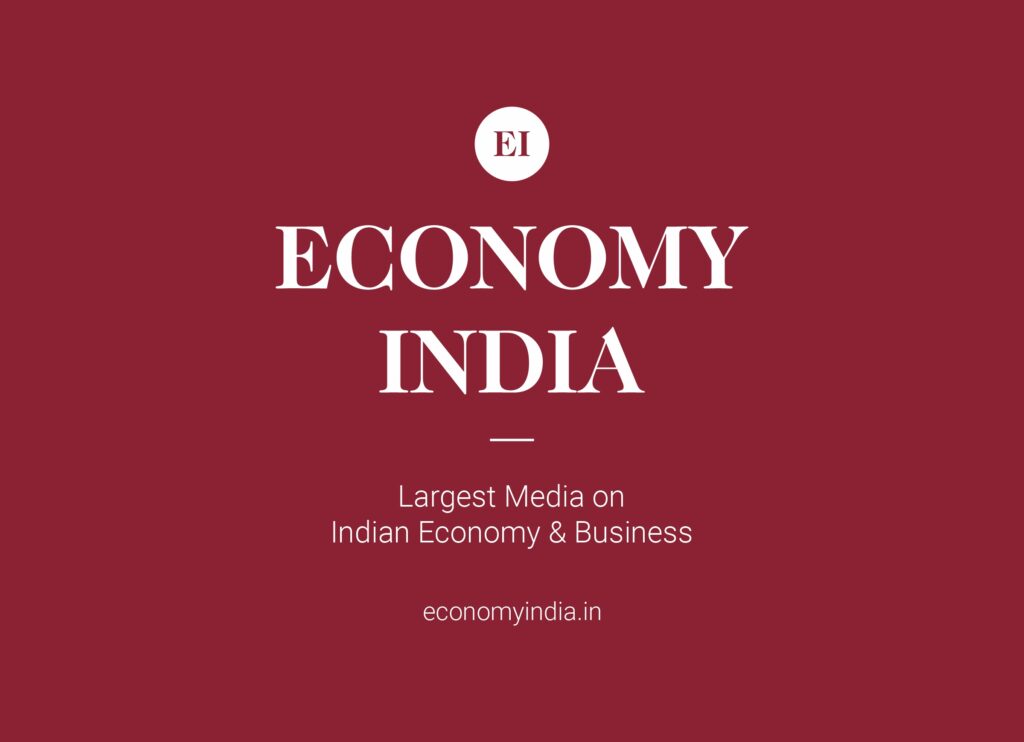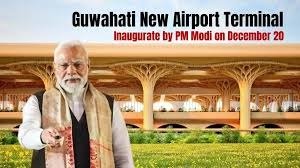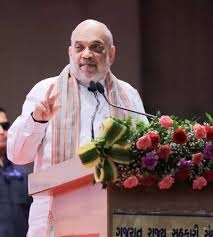The two neighbors eye regional connectivity and “distance discount” to deepen trade and political ties amid shifting global dynamics.
Islamabad I Economy India: In a significant move aimed at revitalizing economic and political ties, Pakistan and Iran have agreed to boost their annual bilateral trade to USD 8 billion, leveraging their shared borders and regional proximity. The decision was announced following a high-level meeting between Pakistan’s Commerce Minister Jam Kamal Khan and Iran’s Minister for Industry, Mines, and Trade Mohammad Atabak.
The bilateral meeting took place on the sidelines of Iranian President Masoud Pezeshkian’s first state visit to Pakistan. The Iranian President, who landed in Lahore on Saturday afternoon, traveled to Islamabad later in the evening to continue the diplomatic engagement with top Pakistani leadership.
Strategic Regional Cooperation
The officials emphasized “discount of distance”, a reference to the lower cost of cross-border trade between geographically close nations. This factor is expected to provide a natural economic advantage to both Iran and Pakistan, who share over 900 kilometers of land border and several cross-border trade corridors.
The two ministers discussed mechanisms to facilitate faster customs clearances, expansion of border markets, and removal of non-tariff barriers. Discussions also covered enhanced energy cooperation, especially regarding electricity exports from Iran to Pakistan’s bordering regions like Balochistan.

Trade Targets and Key Sectors
Currently, bilateral trade between Iran and Pakistan stands at around USD 2.3 billion, largely comprising Iranian exports of electricity, LPG, and petrochemicals, and Pakistani exports of rice, textiles, and fruits. The two sides now aim to more than triple this figure over the next 2–3 years by diversifying trade sectors and easing regulatory restrictions.
According to sources, the plan includes:
| Trade Sector | Current Focus | Proposed Expansion |
|---|---|---|
| Energy | Electricity, gas | Joint energy infrastructure projects |
| Agriculture | Rice, fruits | Livestock, dairy, processed foods |
| Industry & Minerals | Basic commodities | Industrial machinery & value-added exports |
| Transport | Border trade via Taftan | New border terminals and rail links |
Border Markets and Infrastructure Plans
Iran and Pakistan agreed to accelerate work on the five joint border markets, especially in Balochistan province, and to open additional crossings to facilitate legal trade. These markets are part of the broader Pakistan-Iran Border Market Agreement signed in 2021.
Additionally, plans are under discussion to revive the Quetta-Zahedan rail link, which could connect Pakistan’s rail network to Iran and onward to Turkey and Europe via the International North-South Transport Corridor (INSTC).
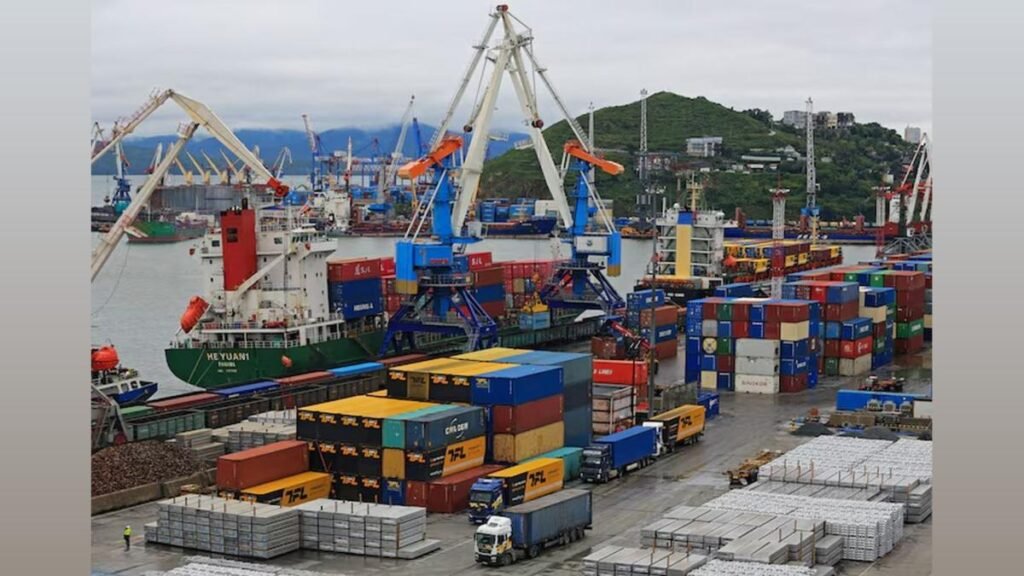
Political Symbolism
President Pezeshkian’s visit is being viewed as a major diplomatic overture. His election marked a moderate shift in Iran’s internal political dynamics, and Pakistan’s civilian government has reciprocated with warmth and a renewed push for regional partnerships.
During his visit, President Pezeshkian is also expected to meet with Pakistan’s Prime Minister Shehbaz Sharif and Army Chief General Asim Munir. Both nations have expressed commitment to resolving border security issues and promoting people-to-people ties, including religious tourism.
Regional Implications
This development comes at a time when global supply chains are under pressure, and regional economic blocs are gaining traction. With India’s growing strategic presence and China’s Belt and Road Initiative actively shaping regional commerce, Pakistan and Iran are seeking to create an independent trade corridor that aligns with their national interests.
Moreover, with Iran now a full member of BRICS and the Shanghai Cooperation Organization (SCO), its integration into regional economic frameworks may offer Pakistan alternative trade routes, reducing its reliance on sea-based commerce via the Arabian Sea.
The new bilateral trade goal of USD 8 billion between Iran and Pakistan marks a strategic shift toward deeper regional integration. If implemented effectively, this move could stimulate economic growth in underdeveloped border regions and offer a counterbalance to Western-dominated global trade systems.
(Economy India)


